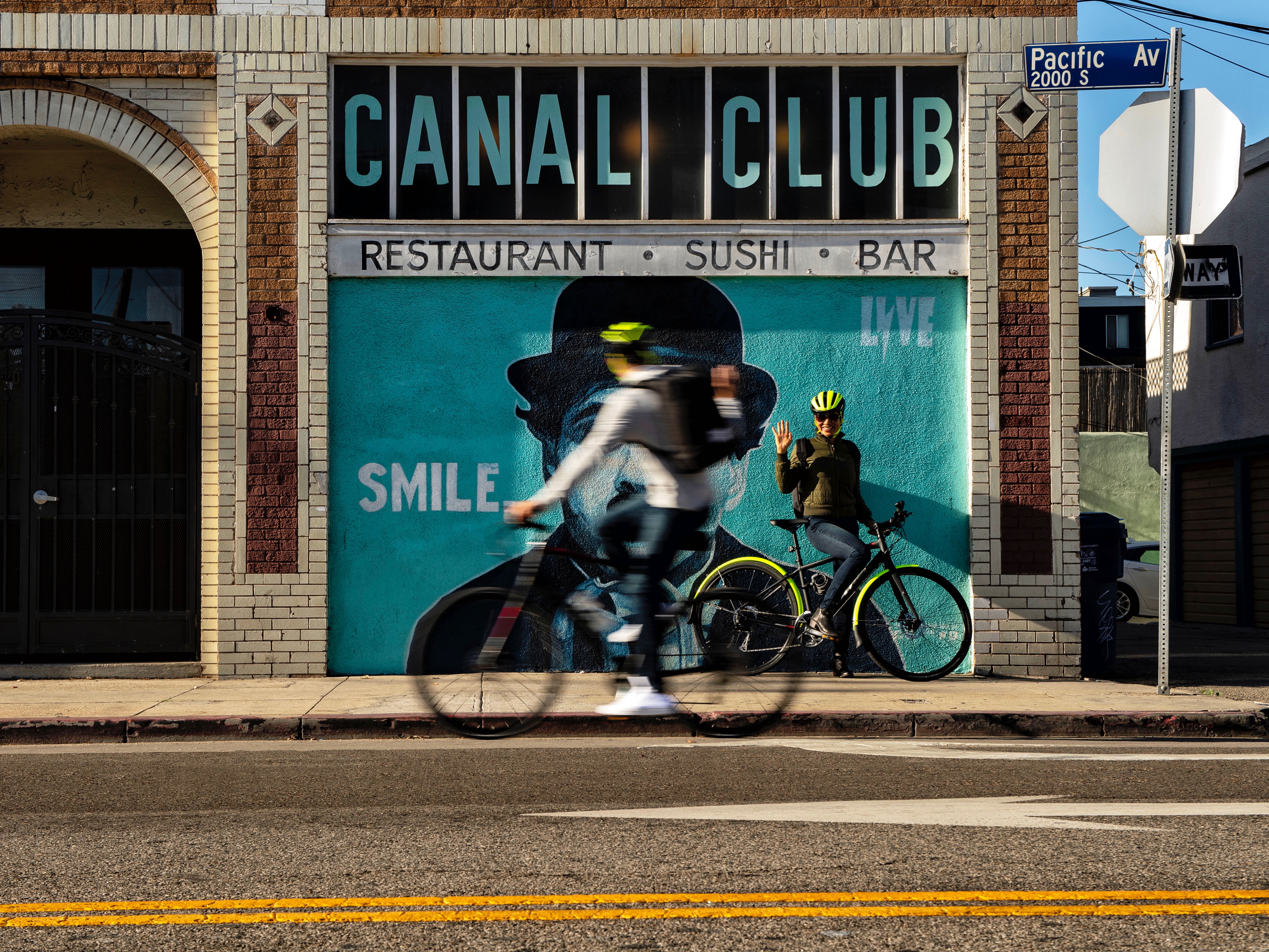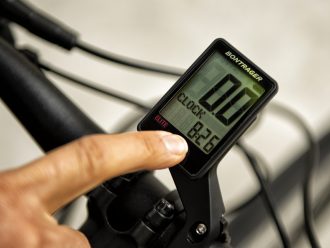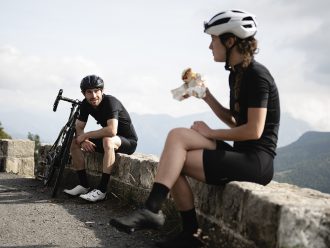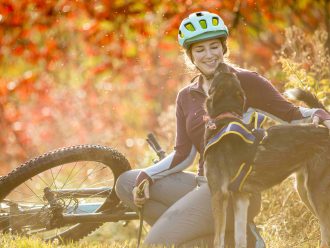No matter where you ride, it’s every cyclist’s responsibility to know the rules of the road and to be respectful of other cyclists, drivers, and pedestrians. We’ve outlined some general rules of thumb for riding, and we’ve also broken down specifics to be aware of when riding in unprotected bike lanes, in protected bike lanes, and on bike paths or recreational paths.
Riding rules of thumb
Bikes are vehicles, so behave like one! Only ride in the direction of traffic, obey all traffic signs and signals, and don’t ride on the sidewalk.
Be aware of and respectful of other cyclists, pedestrians, and vehicles.
When passing another cyclist or a pedestrian, make sure to say “on your left” so they know you’re passing and don’t jut in front of you out of distraction or surprise.
Always use hand signals when you turn to alert other riders, drivers, and pedestrians of your intention to change direction.
Remember—just because you’re in a bike lane doesn’t mean cars will automatically respect your space. Never assume drivers can see you, and always ride with caution!
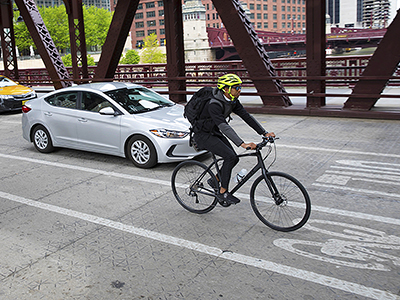
Riding in unprotected bike lanes
Unprotected bike lanes are those that run right next to car traffic, without any barrier between cyclists and moving traffic.
1) Watch for car doors opening. Especially if the bike lane is positioned very close to parked cars. You do not want to get doored!
2) Be very careful when turning left. Either cautiously move into a car lane to turn, or go straight ahead into the intersecting street and stop on the right-hand side of that street. Prepare to cross once the light turns green or when it’s safe to do so.
3) Watch for cars turning right. Drivers should be able to clearly see cyclists in unprotected lanes—they’re riding right next to them! But never assume this is the case, and use extra caution when you approach an intersection.
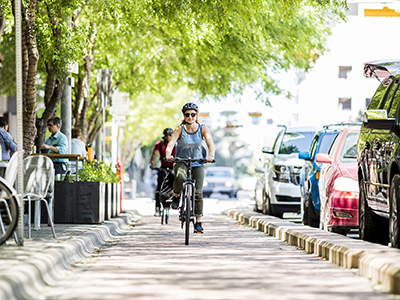
Trek Dual Sport
Riding in protected bike lanes
Protected bike lanes are those that use curbs, posts, parked cars, or other barriers to shield the bike lane from moving car traffic.
1) Use extra caution when leaving the protected bike lane. Examples include when you’re maneuvering around an obstacle, making a left hand turn, or if you need to turn around. Again, be very careful when turning left.
2) Watch for cars turning right. Protected bike lanes are usually designed for high visibility at intersections, but some drivers still might not be able to see clearly, may have forgotten that a bike lane exists, or are just plain distracted.
3) If possible, ride toward the center of the lane. When riding in a bike lane next to the curb you should ride more toward the center of the lane to avoid puddles, debris, and anything else that could potentially fly up from the road.
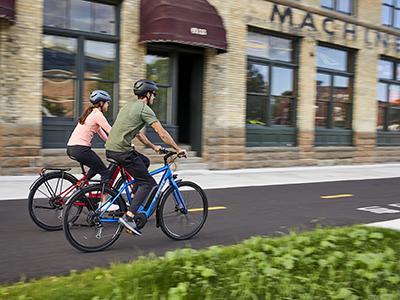
Riding on bike paths and recreational paths:
The traffic you’ll encounter on bike and recreational paths is mostly from other cyclists and pedestrians. You’ll really only deal with car traffic at intersections.
1) Be very aware of other path traffic. This can include pedestrians, little kids, dogs, strollers, other cyclists, sight-seers, etc. With so much going on, it’s easier to get distracted, and people often act unpredictably.
2) Be respectful when passing other users. Call out “on your left” before you pass and consider using a bell to alert others to your presence. Depending on who you’re passing and how distracted they seem, you might even want to slow down while you pass. Similarly, don’t go blazing fast through high-traffic areas.
3) Obey lane markers, if applicable. Most bike paths have two-way traffic, so try to stay in your lane unless you’re passing. If the path splits into specific pedestrian and bike lanes, always use the bike lane.
Remember that everyone you see on your streets and bike paths is just trying to get somewhere, whether for fun or for work. When you follow the rules of the road, pay attention to your surroundings, and respect other users, you contribute to a more fun and enjoyable experience for all. And, as always, please ride with a helmet and front and rear lights. You might even consider some hi-vis gear for added visibility.

About the Author: Trek
Our mission: we build only products we love, provide incredible hospitality to our customers, and change the world by getting more people on bikes.

